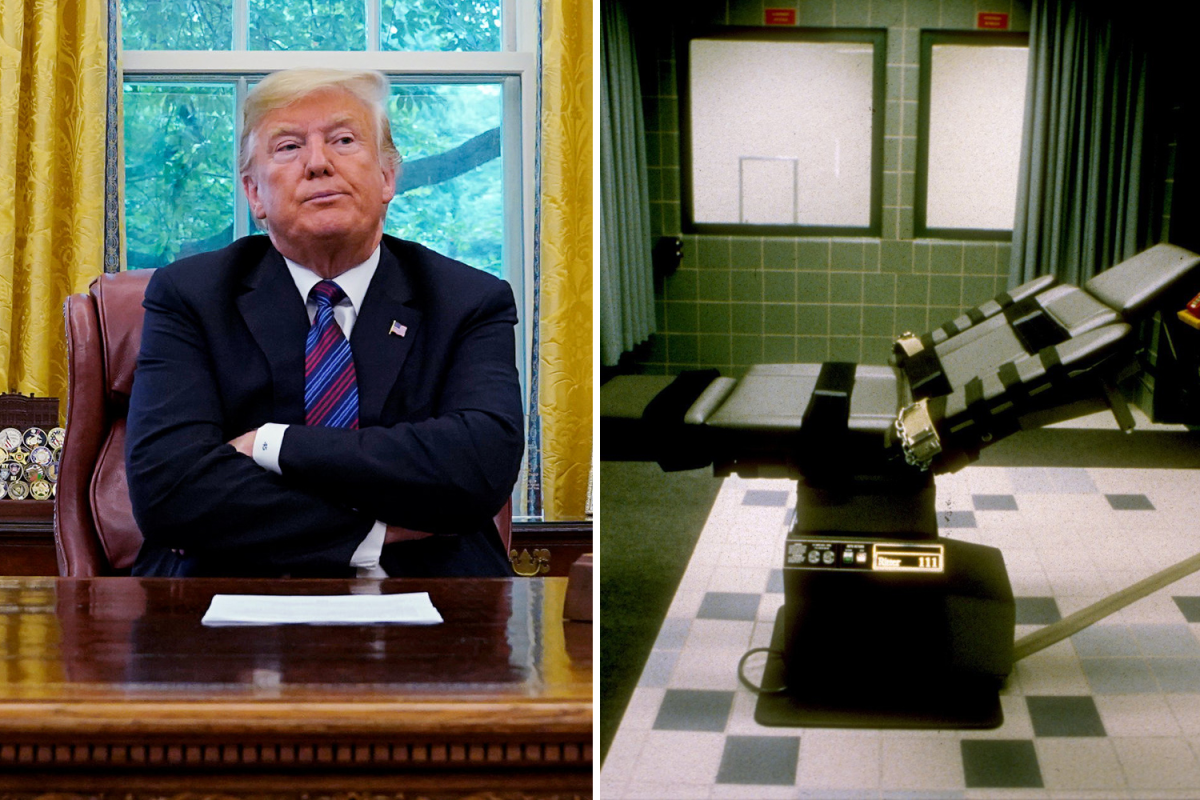
Executive orders will ensure more executions
If you were wondering about changes in the use of the death penalty at either the state or federal level since Donald Trump reassumed the presidency, well, wonder no more. On his very first day as president, Trump signed an executive order directing the Attorney General “to seek the death penalty for all crimes of a severity demanding its use.” This includes two specific circumstances—when the victim is a law enforcement officer or when the murder is committed “by an alien illegally present in this country.”
Trump’s executive order does not stop there. It goes on to “encourage state attorneys general and district attorneys to bring state capital charges for all capital crimes with special attention to” crimes against law enforcement officers or by undocumented migrants. Oddly, it instructs the Attorney General to rehouse death row inmates “in conditions consistent with the monstrosity of their crimes.” And finally, it instructs the Attorney General to ensure that states have “a sufficient supply of drugs needed to carry out lethal injections.”
Joe Biden, in the waning days of his presidency, commuted the death sentences of 37 of the 40 prisoners on federal death row and, indeed, not only were no executions carried out by the federal government during his presidency, he had instructed Attorney General Merrick Garland to stop using pentobarbital to execute prisoners, saying that there was “significant uncertainly about whether the use of the drug is humane.” Trump has reversed all of that.
The trend over the past decade has been away from the death penalty at the state level. While 27 states still have a death penalty on the books, states like Pennsylvania, California, Colorado and Oregon have open-ended moratoriums on the death penalty, and Pennsylvania Governor Josh Shapiro has asked the state legislature to ban the punishment. The request has broad bipartisan support. Furthermore, Nevada, Montana, Wyoming, Kansas, Kentucky, New Hampshire and North Carolina have not executed a prisoner in more than a decade.
That position is not universal across the country, however. In March, Brad Sigmon, a 67-year-old double murderer, was executed by firing squad in South Carolina. State authorities actually allowed him to choose his method of execution. Besides the firing squad, the other choices were lethal injection or the electric chair. So at 6:05 p.m. on March 7, three state corrections officers who volunteered for the job fired simultaneously at a target placed over Sigmon’s heart. He was killed instantly. And the execution continued a trend of 49 consecutive years with no South Carolina governor ever granting clemency.
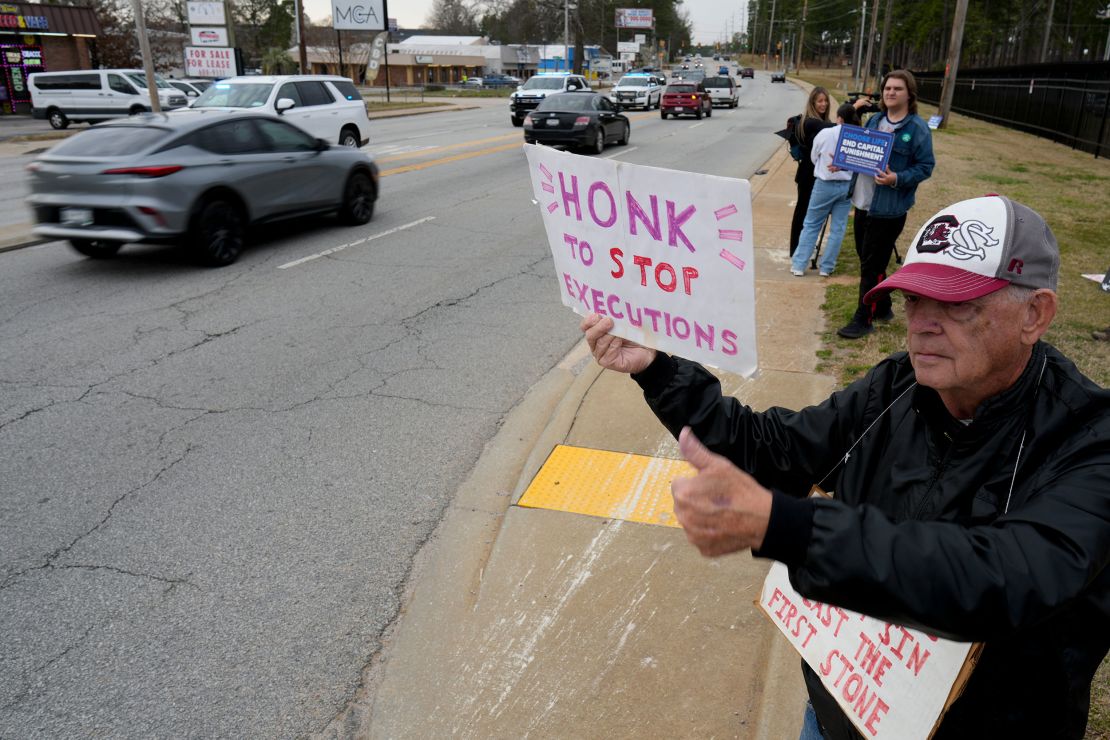
In Alabama, Republican Governor Kay Ivey issued the first commutation of a death sentence in the state in 26 years when she converted the death sentence of Robin “Rocky” Dion Myers, 63, to life without parole. She said that she “didn’t buy” his protestations of innocence. But police never found a murder weapon, any physical evidence, or any DNA tying him to the crime. Although the jury found him guilty, they asked the judge to spare his life. The judge sentenced him to death anyway. And by the way, the victim of the crime lived for several hours after being stabbed, and the victim’s cousin also was a witness to the crime. They lived across the street from Myers, but never said that he was the person who committed the crime.
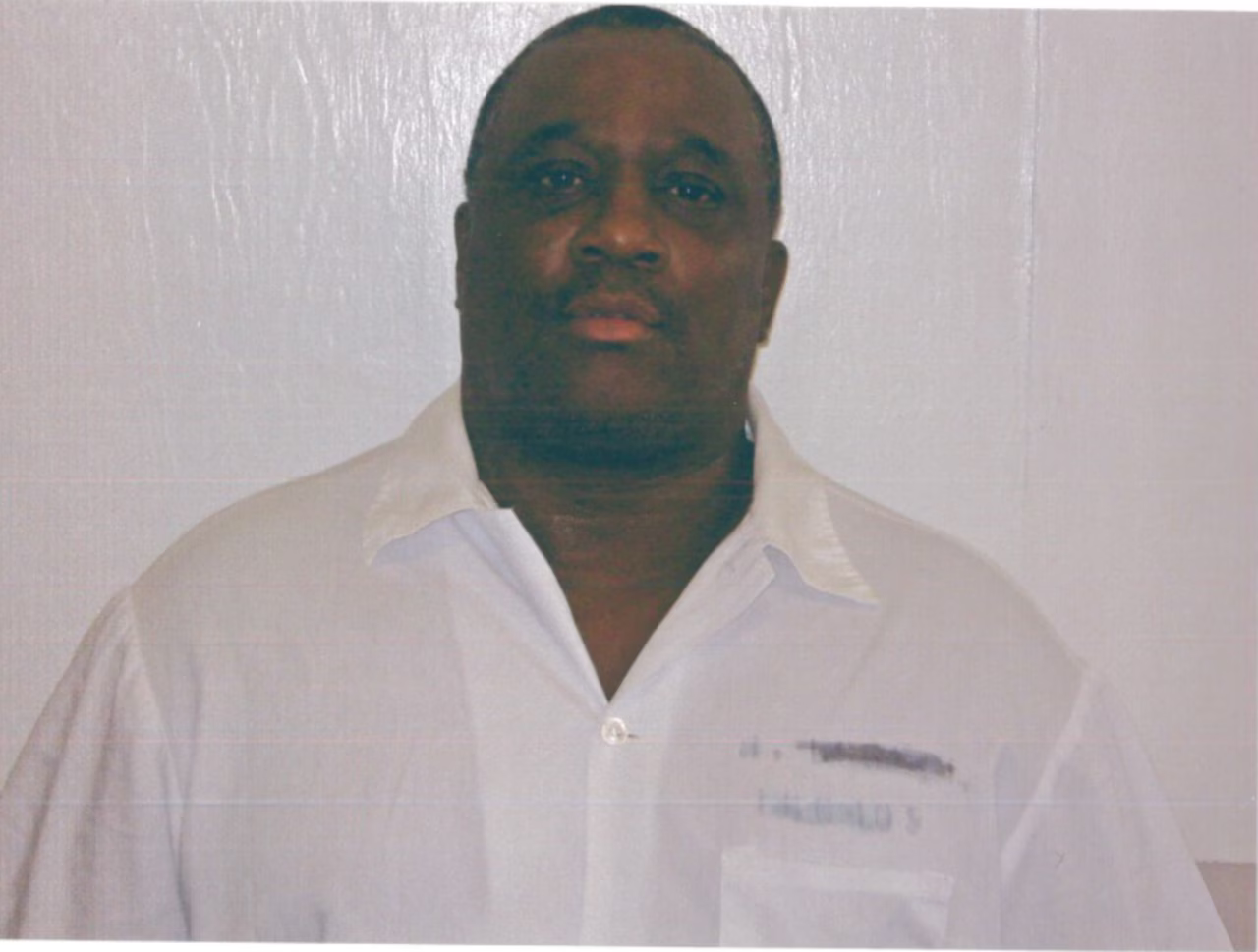
Louisiana and Arizona last year seemed to hedge their bets in the presidential election by approving something called nitrogen hypoxia as a method of execution, since Joe Biden would not let them have pentobarbital (sedative barbiturate capabe of killing inmates). Nitrogen hypoxia is pumped through a mask over the prisoner’s face, depriving him of oxygen. His lungs fill with nitrogen and he chokes to death.
The method is now approved for use in Mississippi, in addition to Louisiana and Arizona.

Alabama executed a prisoner, Kenneth Eugene Smith, using nitrogen hypoxia in January. Eyewitnesses said that he held his breath for as long as he could, then began “to shake and writhe on the gurney for at least two minutes” before dying. Governor Ivey said that was exactly what the state expected to happen. But witnesses said afterward that it was nothing less than human experimentation.
And what about Trump’s demand that death row prisoners be housed in the worst possible conditions? That is unconstitutional on its face. But with that said, such facilities are quite common. Just in a most recent example, the Justice Department found in November that the Fulton County Jail in Atlanta had “abysmal conditions” that were both “illegal and unconstitutional.”

These conditions, which have not been corrected, include out-of-control violence, with seven prisoners stabbed in one 24-hour period while Justice Department officials were in the facility doing their study. Other objectionable conditions included minors being held in solitary confinement, rats and cockroaches running freely in the food preparation areas and cells, rampant violence by guards, and substandard medical care.
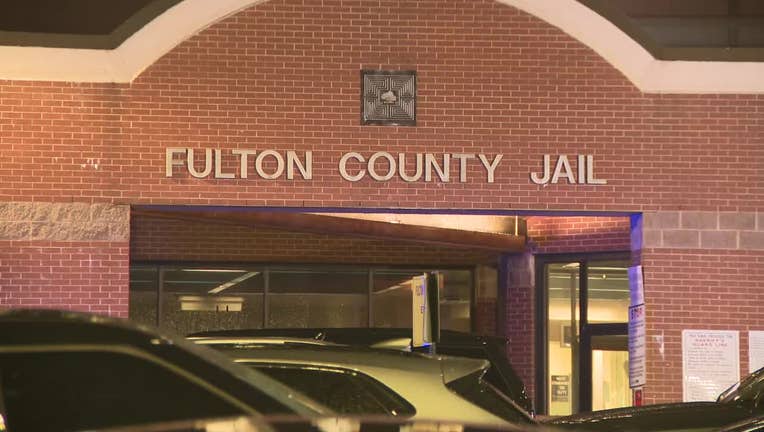
Perhaps Trump will send his prisoners to Alabama’s Walker County Jail, where a prisoner was recently found dead in his cell in solitary confinement with a body temperature of 72 degrees.
Anthony Mitchell froze to death in his cell when guards held him naked for two weeks in a feces-and-trash-filled cell called “the freezer” because they could—and did—open it to the winter weather outside. A lawsuit compared Mitchell’s cell to a dog kennel.
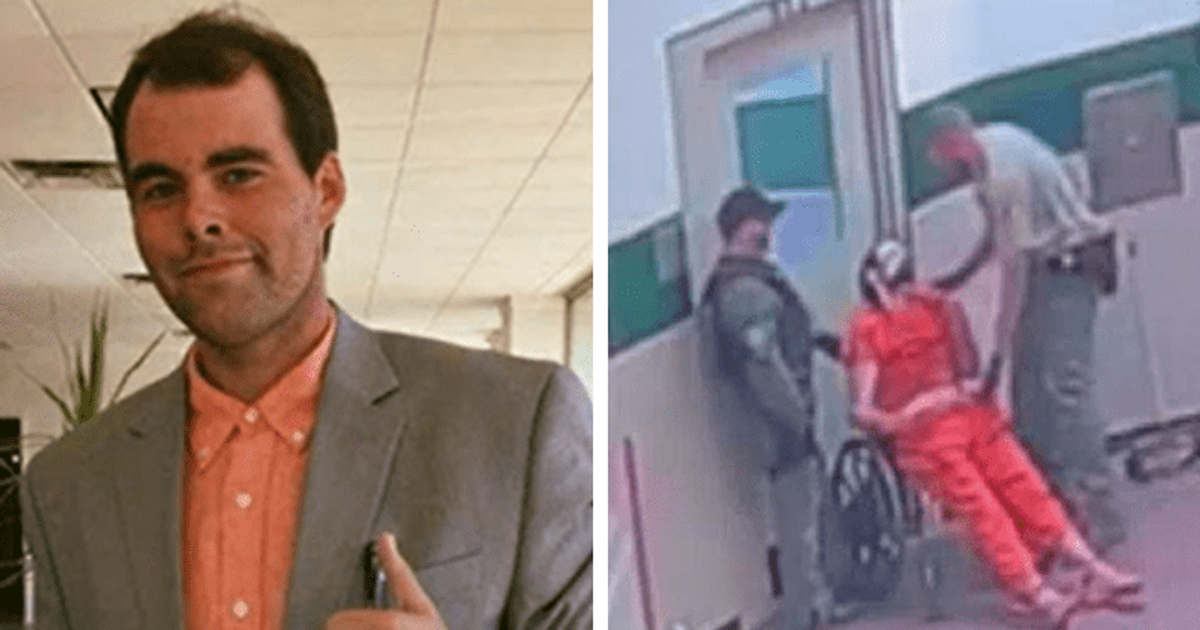
We are headed into a tough four years with Donald Trump. There are some great organizations out there fighting the death penalty, like the National Coalition to Abolish the Death Penalty, the Death Penalty Information Center, the Innocence Project, the American Civil Liberties Union, Murder Victims’ Families for Human Rights and many others.
We must all work together, along with state and federal legislators, to put this abomination behind us.

CovertAction Magazine is made possible by subscriptions, orders and donations from readers like you.
Blow the Whistle on U.S. Imperialism
Click the whistle and donate
When you donate to CovertAction Magazine, you are supporting investigative journalism. Your contributions go directly to supporting the development, production, editing, and dissemination of the Magazine.
CovertAction Magazine does not receive corporate or government sponsorship. Yet, we hold a steadfast commitment to providing compensation for writers, editorial and technical support. Your support helps facilitate this compensation as well as increase the caliber of this work.
Please make a donation by clicking on the donate logo above and enter the amount and your credit or debit card information.
CovertAction Institute, Inc. (CAI) is a 501(c)(3) non-profit organization and your gift is tax-deductible for federal income purposes. CAI’s tax-exempt ID number is 87-2461683.
We sincerely thank you for your support.
Disclaimer: The contents of this article are the sole responsibility of the author(s). CovertAction Institute, Inc. (CAI), including its Board of Directors (BD), Editorial Board (EB), Advisory Board (AB), staff, volunteers and its projects (including CovertAction Magazine) are not responsible for any inaccurate or incorrect statement in this article. This article also does not necessarily represent the views the BD, the EB, the AB, staff, volunteers, or any members of its projects.
Differing viewpoints: CAM publishes articles with differing viewpoints in an effort to nurture vibrant debate and thoughtful critical analysis. Feel free to comment on the articles in the comment section and/or send your letters to the Editors, which we will publish in the Letters column.
Copyrighted Material: This web site may contain copyrighted material the use of which has not always been specifically authorized by the copyright owner. As a not-for-profit charitable organization incorporated in the State of New York, we are making such material available in an effort to advance the understanding of humanity’s problems and hopefully to help find solutions for those problems. We believe this constitutes a ‘fair use’ of any such copyrighted material as provided for in section 107 of the US Copyright Law. You can read more about ‘fair use’ and US Copyright Law at the Legal Information Institute of Cornell Law School.
Republishing: CovertAction Magazine (CAM) grants permission to cross-post CAM articles on not-for-profit community internet sites as long as the source is acknowledged together with a hyperlink to the original CovertAction Magazine article. Also, kindly let us know at info@CovertActionMagazine.com. For publication of CAM articles in print or other forms including commercial internet sites, contact: info@CovertActionMagazine.com.
By using this site, you agree to these terms above.
About the Author

John Kiriakou was a CIA analyst and case officer from 1990 to 2004.
In December 2007, John was the first U.S. government official to confirm that waterboarding was used to interrogate al-Qaeda prisoners, a practice he described as torture.
Kiriakou was a former senior investigator for the Senate Foreign Relations Committee and a former counter-terrorism consultant. While employed with the CIA, he was involved in critical counter-terrorism missions following the terrorist attacks of September 11, 2001, but refused to be trained in so-called “enhanced interrogation techniques,” nor did he ever authorize or engage in such crimes.
After leaving the CIA, Kiriakou appeared on ABC News in an interview with Brian Ross, during which he became the first former CIA officer to confirm the existence of the CIA’s torture program. Kiriakou’s interview revealed that this practice was not just the result of a few rogue agents, but was official U.S. policy approved at the highest levels of the government.
Kiriakou is the sole CIA agent to go to jail in connection with the U.S. torture program, despite the fact that he never tortured anyone. Rather, he blew the whistle on this horrific wrongdoing.
John can be reached at: jkiriakou@mac.com.


Excellent article. There are still several countries that still have the death penalty.
Several major countries still retain the death penalty. Among them, China, Iran, Saudi Arabia, and the United States are known to have carried out executions in recent years, with China believed to have the highest number of executions annually, though precise figures are kept secret. Other countries with the death penalty include Iraq, Egypt, Japan, and Vietnam, though the exact extent of their use of capital punishment varies.